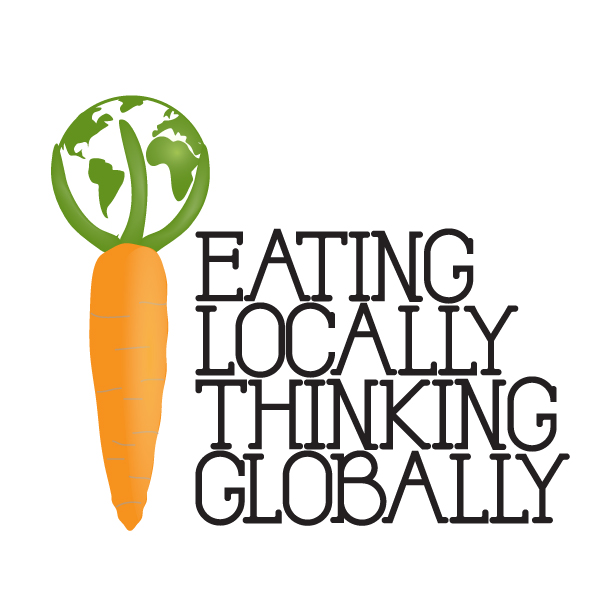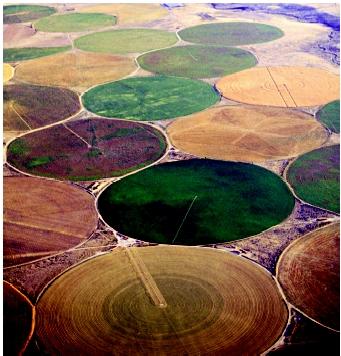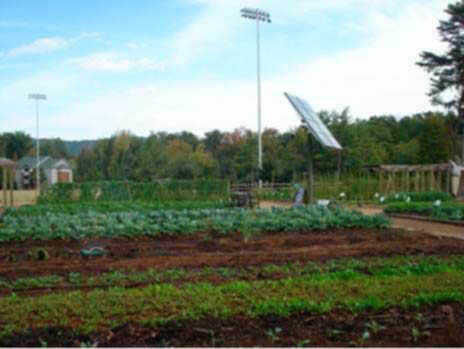How often do you think about how water impacts your life? I know most of us don’t think about how important water is in our everyday lives. However, water use is not just an environmental issue. It is an interdisciplinary issue. Water issues are addressed in Political Science public policy classes, dissected and analyzed in Business and Economic classes, and depicted in art classes. Water is the source of inspiration for poetry and literature and a source of life in biology. No matter how you look at it, water is a part of everyone’s life at Furman.

Because water is a part of everyone’s lives at Furman, we need to find away to address growing concerns about the world’s water supply. One aspect many colleges are addressing is the bottle water industry. Currently, the United States is the largest consumer of bottled water and we pay 240 to over 10,000 times more per gallon for bottled water than tap water. A blog that I follow, Ban the Bottle, discusses issues with the bottled water industry along with how bottled water effects the environment now and in the long run. Diagrams depict the making and tapping of water, how bottles are recycled, and where they end up if they are not recycled.
Some colleges are in the process of taking bottled water to a whole new level! Currently 90 colleges including Harvard and Dartmouth have banned bottled water on campus. This project was introduced by Ban the Bottle in an effort to reduce the environmental footprint and impact that bottled water creates. Can Furman live without bottled water?
Clare Grover, a senior accounting major said: “I never buy bottled water and always carry a reusable water bottle with me. I would like to see more refilling stations around campus because they make it easier and more accessible for everyone.” Most students I have discussed this with don’t see any harm in banning bottled water. Colleen Roberts, a junior neuroscience major stated: “Most people who drink water on a regular basis already carry a water bottle around with them. The only people that this is effecting are those who don’t have their habits already formed.” Will this new ban draw those students to soda or other high calorie drinks?
The University of California Berkeley decided to not ban bottled water because it thought the ban would encourage other drinks to be consumed because most people who buy bottled water do it for convenience. Read this article posted in the Harvard Crimson, which explains why schools should not ban bottled water. However, how do we know what is right or wrong without trying? After all, Greenville was awarded best tasting tap water in the country. Why pay extra for water that is not even bottled here?
Here are steps Furman could implement to make a bottled water ban work:
– Add more refilling stations around campus inside buildings and outside
– Provide all incoming students with a water bottle
– Place water cups in dining locations and workout areas that are free of charge
– Inform students about the life cycle of bottled water and how it effects our local environment
Check out my video for more information about what Furman University is doing to use water more effectively on campus! Here are more photos about water use on campus:Slideshow on Campus Water





